
Saga's Automated Assistant

What product would you like to discuss today?
Saga's Automated Assistant
Do you currently have a policy with us?
How does your policy number appear on your documents?
If you're thinking about making the move to electric, you're probably wondering just how easy it is to find places where you can put your car on charge.
Getting used to a completely new way of doing things after a lifetime of filling up with petrol or diesel might take a little bit of time.
Can you plug it in when you pop to the shops, or when you’re visiting friends and family? And what happens when you're on a longer journey to somewhere unfamiliar? We take a look at how and where you can charge an electric car, so you can drive with confidence.
There are three main ways to charge your electric car, at home, at work or via a public charging point and as the number of electric cars on UK roads increases, it is getting easier to find places to plug in. What charging options you use depends on how you use your car, how much time you have, and what your travelling plans are.
You can charge up at home if you install a home charging point – ideally you’ll need access to off-road parking to do this, such as a driveway or garage. Running cables across pavements to charge cars parked on the street can raise a risk of damage to your car, your property and unsuspecting pedestrians.
With a home charging point installed, you can charge your electric car at home by simply plugging it in using a charging cable:
Having a charging point at home means you can keep your battery at optimum charge, in much the same way you’d think about keeping a phone or laptop charged.
Tethered – includes a fixed charging cable, so you can easily plug it in each time
Untethered (sometimes called socketed or universal) – has no cable and can look neater and take up less space. You need to keep the cable in your car and plug into the socket each time.
If you’re at a friend or family member’s house, it is also possible to charge your car from a standard wall socket if you have a special cable. But this can be very slow and plug sockets are not often close enough to the driveway to easily reach.
In general, you shouldn’t charge your electric car every night as this can shorten the lifespan of the battery pack. Electric vehicles run on lithium-ion batteries, and the repeated cycle of charging and discharging can cause them to degrade over time. It’s recommended to only charge your battery when it’s really needed.
Most car makers recommend you charge to between 60% and 80% of battery capacity so it’s worth thinking about the level you should fill your car battery to as you make plans.
When you’re out and about on local trips, you can take advantage of the growing number of charging points at locations such as supermarkets, restaurants, shopping centres and gyms.
Public EV charging stations work in the same way as a home charging point, you simply plug in your car and leave it to charge, but you’ll need to bring your own charging cable along to use.
It’s common for electric cars to have a range of 130-300 miles on a single charge, so you won’t need to be charging the battery during shorter and local trips. But you can still make the most of a growing number of public charging points when you’re out and about:
Some of these charging points are free or require you to spend money or time with them to use, or they will charge a fee. Your car sat nav will usually be set up with a map of available charging points, or there are apps such as Zap-Map with charging locations marked.
If you’re planning a longer trip, you’ll need to know how to charge an electric car when you’re on the road.
Rapid chargers are usually located at motorway service stations, or near main roads. You can charge your battery more quickly, and these chargers have their own cables and plugs attached for you to use. You’ll need to pay to use these chargers, unless you’re driving a Tesla and can plug into the Tesla Supercharger Network.
Plan your journey around where you need to recharge, for example if you’re taking a break to eat. Using a rapid charger, you’ll be able to carry on your journey without too much charging time.
In January 2025, ZapMap was reporting more than 74,000 public charging points across the UK, a number that’s growing all the time, so that gives you lots of opportunities to stay charged up and the confidence to forget about range anxiety.
Saga Car Insurance is arranged and administered by Ageas Retail Limited and underwritten by Ageas Insurance Limited.
If you're looking for an electric vehicle policy, we offer car insurance for a variety of electric cars for people over 50.


Choose our highest car cover level Saga Plus and freeze the price of your car insurance for 2 years if nothing changes. T&Cs apply.
There's plenty to explore and learn about our car insurance cover.
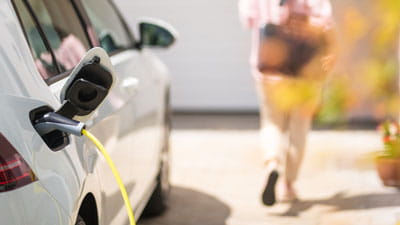
We make choosing the right electric car charger for your home and new car simple.
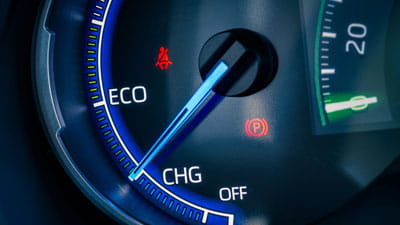
Stay topped up and ready for driving action with our quick guide to charging time and options.
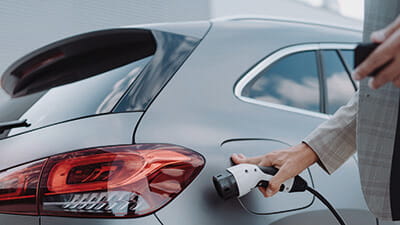
If you’re thinking of driving towards a greener future, here’s what you need to know about electric car insurance.

The UK has some of the best road trip destinations in the world. But which road trips are best suited to electric cars and the specific model you have? We’ve analysed things like distance and availability of charging points along the best roads the UK has to offer.

Get to know the ins and outs of our car insurance and how you can make the most of your cover
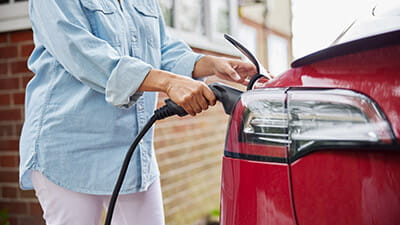
Leasing an electric car can be a flexible and affordable way to test out this new technology.
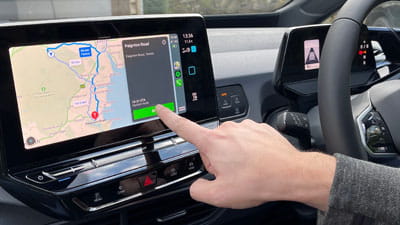
How do you know if your electric car charge is enough for your journey? We help you work it out.
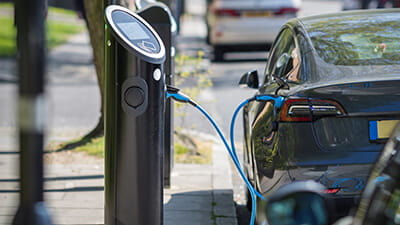
Discover the tax benefits that come with buying and driving electric cars.
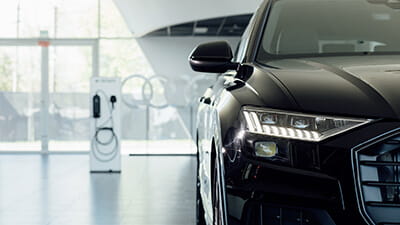
How much does an electric car really cost? Is it a cost-effective option to buy and run? Read on to find out more.
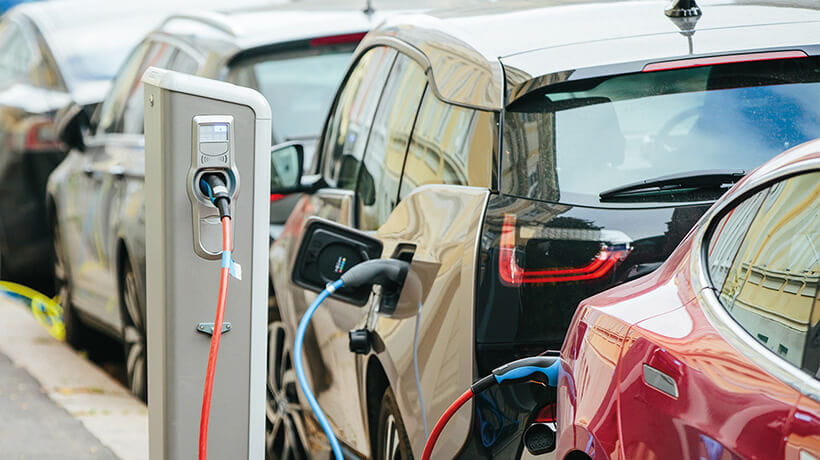
Electric vehicles have the potential to transform the places where we live and work. But which UK cities are best prepared for the EV revolution? We surveyed UK drivers to find out why they are (and aren’t) looking to push the accelerator on buying an electric car.